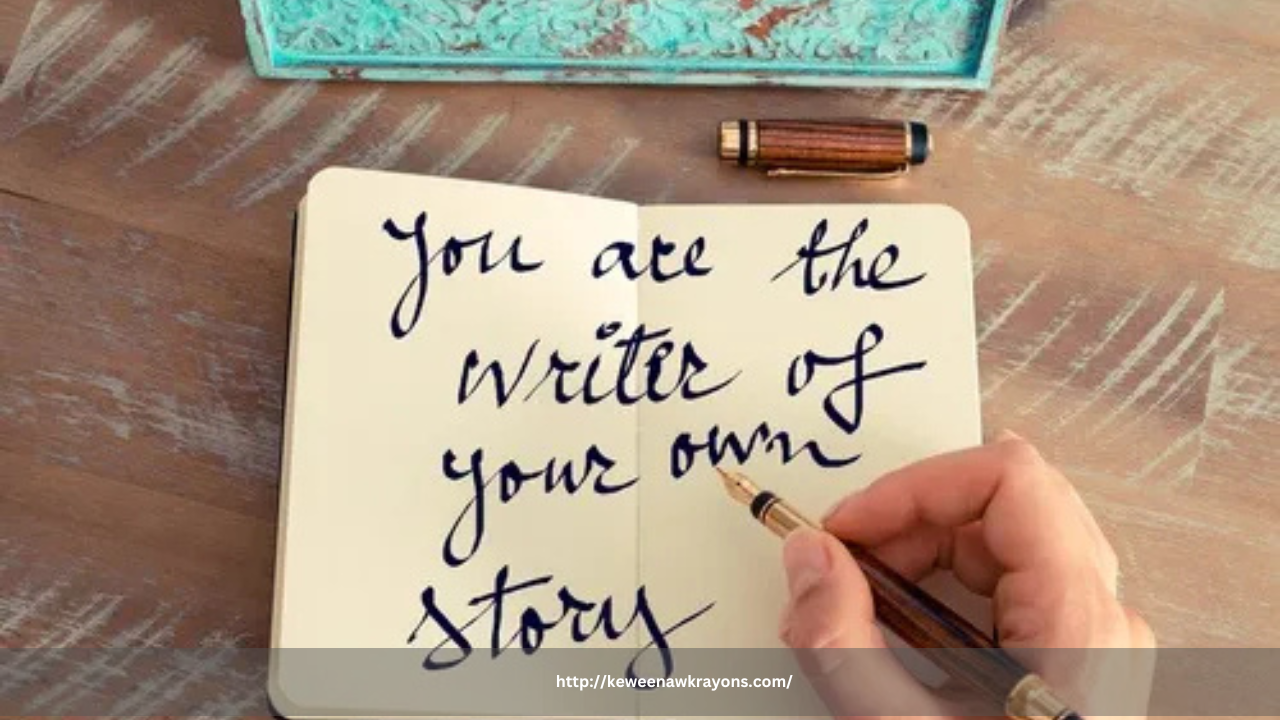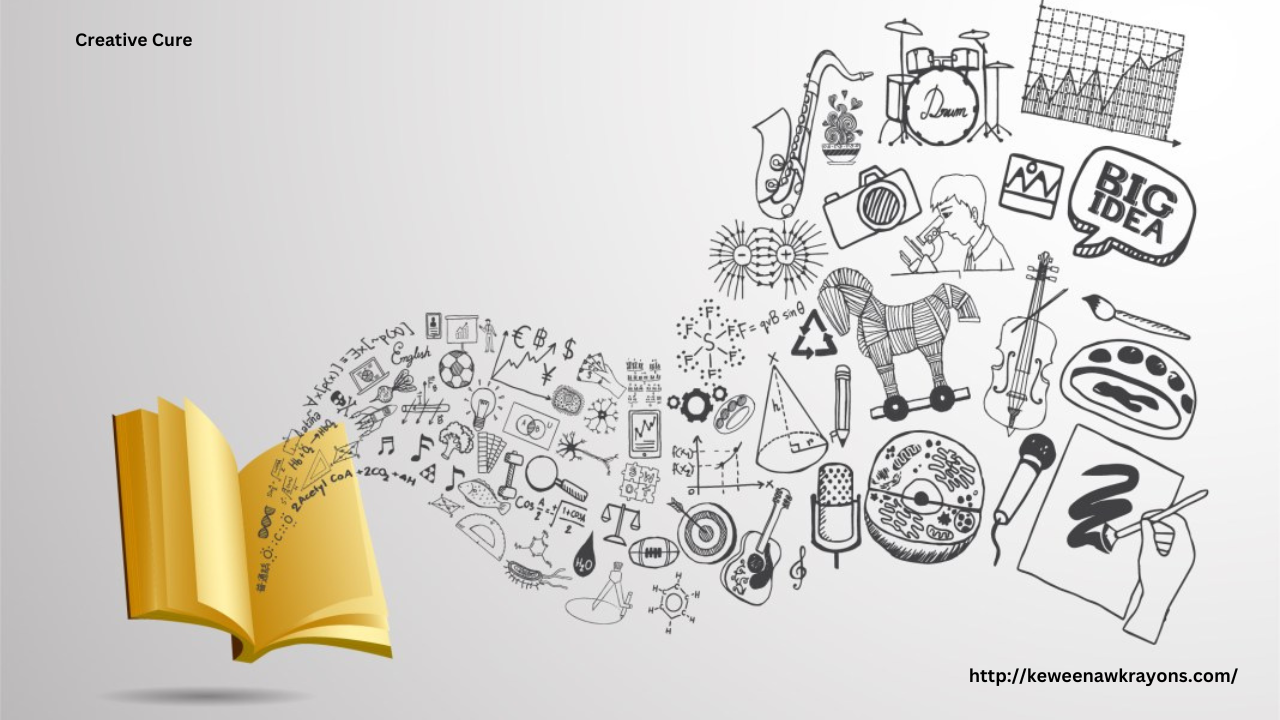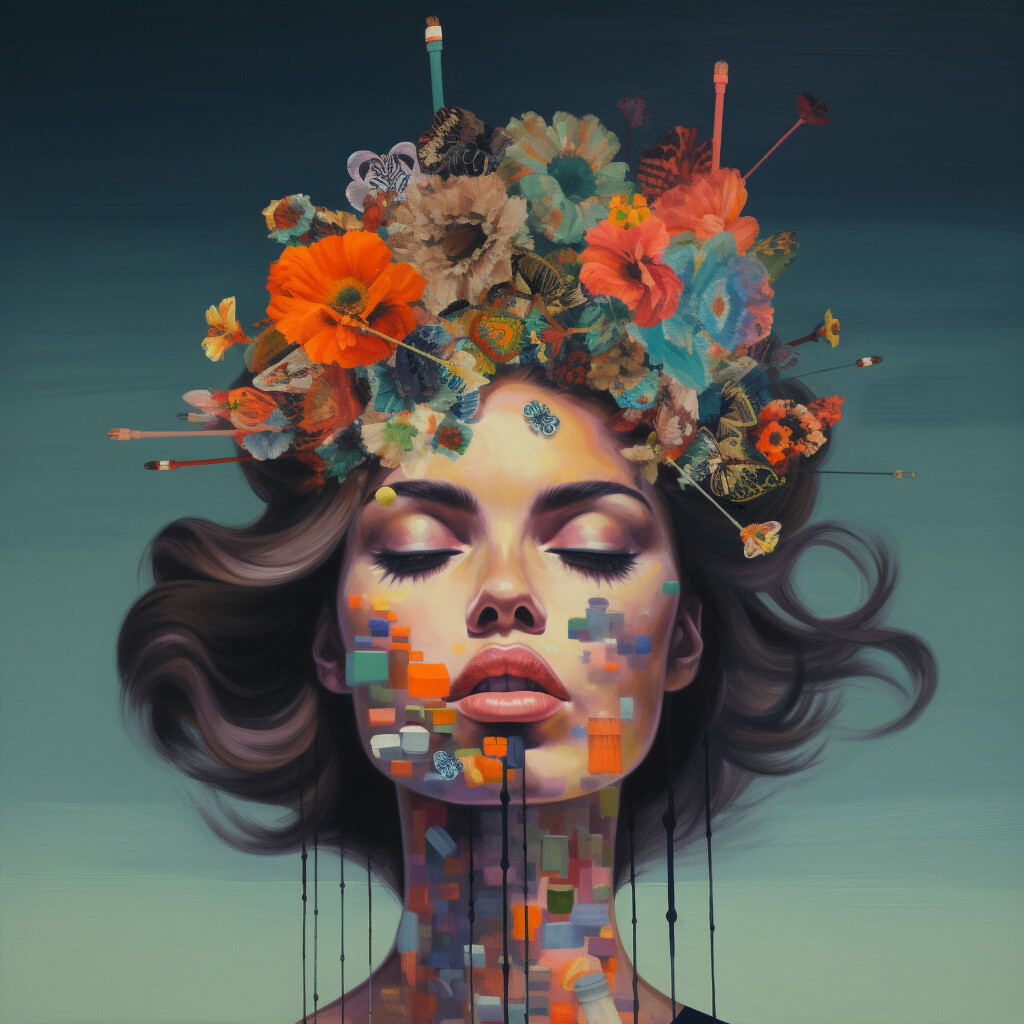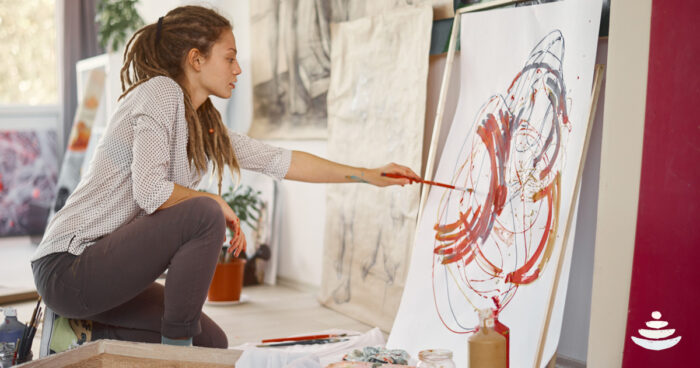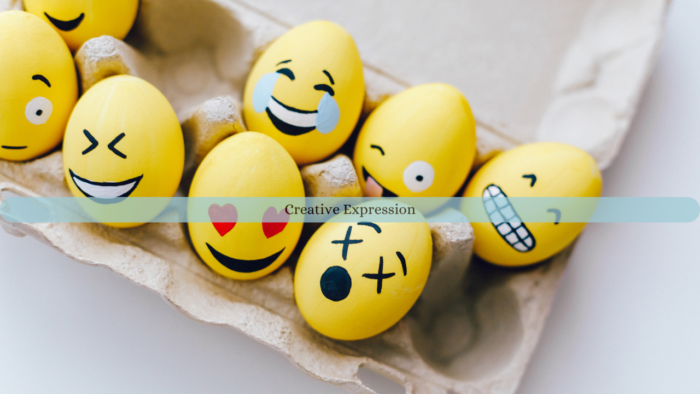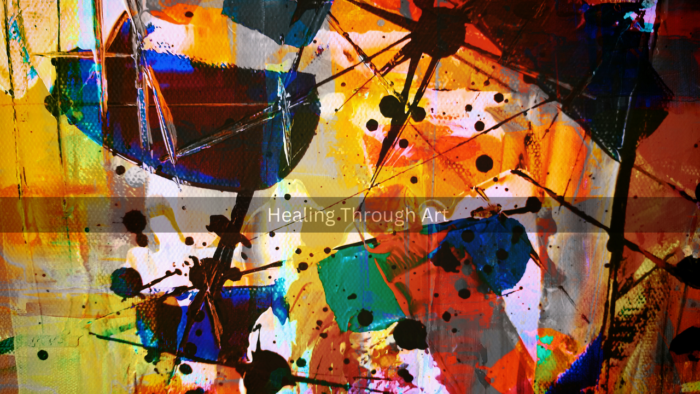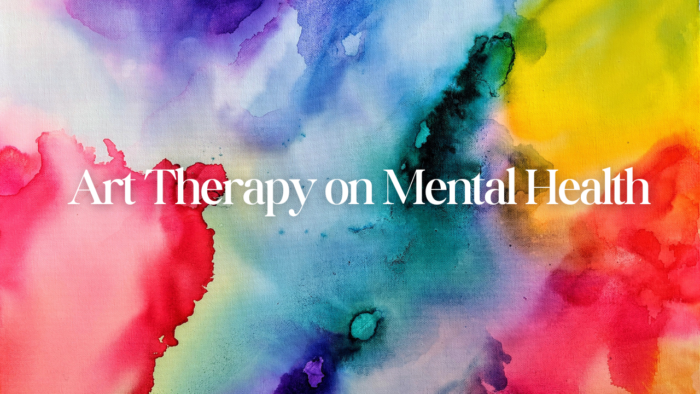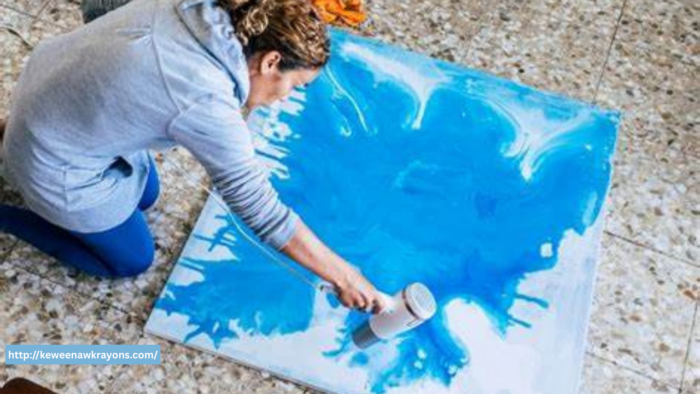
Addiction recovery is a deeply personal and often painful journey that requires courage, self-discovery, and healing. While traditional therapeutic approaches such as counseling and medication play vital roles, art therapy has emerged as a powerful and transformative tool in helping individuals navigate the road to sobriety. Through brushstrokes, colors, and creative expression, those in recovery can access a deeper understanding of themselves and begin the process of healing from within.
Art as a Safe Space for Expression
Addiction is frequently rooted in unresolved trauma, emotional pain, and a struggle to articulate complex feelings. Many individuals battling addiction find it difficult to express their experiences verbally. Art therapy provides a non-verbal outlet where emotions can be safely explored and expressed without judgment or fear.
Using visual art, individuals can project their inner turmoil onto a canvas, turning intangible feelings into tangible forms. This process not only validates their experiences but also helps them gain clarity and insight into their emotional world. For many, the act of creating becomes a form of catharsis, releasing suppressed emotions and allowing healing to begin.
Reconnecting Mind and Body
Substance use often leads to a disconnection between mind and body. Art therapy helps rebuild this connection by engaging the senses and encouraging mindfulness. The tactile nature of painting or sculpting requires present-moment focus, which can be grounding and calming.
This reconnection fosters a sense of self-awareness, allowing individuals to better understand their triggers, emotional responses, and patterns of behavior. Over time, this heightened awareness can be instrumental in preventing relapse and fostering lasting change.
Building Confidence and Self-Worth
Addiction can erode a person’s sense of identity and self-esteem. Creating art can be a powerful antidote to these feelings. Completing an artwork—whether a painting, drawing, or collage—provides a sense of accomplishment and pride. These small victories build confidence and reinforce the belief that recovery is possible.
Furthermore, art therapy encourages individuals to see themselves as more than their addiction. As they develop their artistic voice, they begin to form a new, positive identity centered around creativity, resilience, and growth.
A Tool for Reflection and Growth
Art therapy is not just about the finished product—it’s about the process. Each brushstroke, color choice, and design decision becomes a reflection of the individual’s journey. Therapists often use the artwork as a starting point for discussion, helping clients unpack the emotions and experiences embedded within their creations.
This reflective process deepens self-understanding and allows individuals to track their progress over time. Looking back at earlier artworks can highlight emotional milestones, reinforce personal growth, and provide motivation to continue moving forward.
Conclusion
Breaking free from addiction requires more than willpower; it requires healing the emotional wounds that fuel substance use. Art therapy offers a unique and powerful way to access those wounds, express them, and transform them. Through creativity, individuals in recovery can reclaim their identities, find hope, and build a future that is both sober and full of color. With each brushstroke, they paint a path toward freedom.
